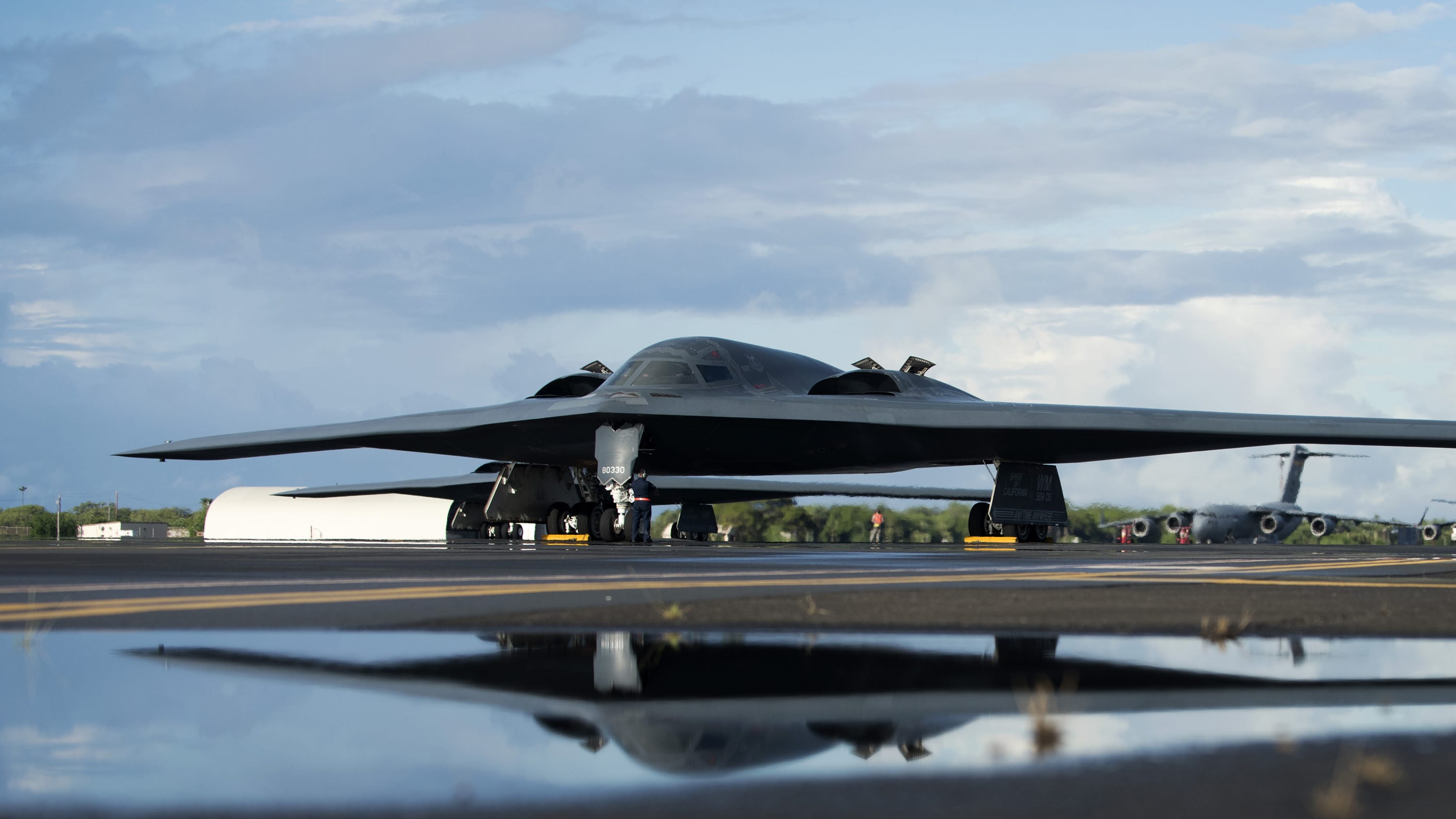The Perils of Aviation: Lessons from the B-2 Bomber Incident
 The Tech Times
The Tech Times
In the high-stakes world of military aviation, precision engineering and mechanical reliability are not just desired—they are paramount. This was starkly highlighted in a recent incident involving a B-2 Spirit stealth bomber, where a hydraulic failure led to a harrowing emergency situation.
The Incident: A Close Call on the Runway
In a dramatic turn of events, a B-2 bomber experienced a hydraulic systems failure that resulted in the collapse of its landing gear. As the aircraft touched down, the pilot was faced with the daunting task of preventing the aircraft from veering off the runway. Demonstrating quick thinking and remarkable skill, the pilot managed to control the situation by standing up to apply full weight on the brake. This decisive action, although unconventional, prevented a potentially catastrophic outcome.
The B-2 Spirit: A Marvel and Its Vulnerabilities
The B-2 Spirit is a technological marvel. Developed during the Cold War era, it was designed for stealth with the ability to penetrate dense anti-aircraft defenses. Its distinctive flying-wing design and advanced materials make it almost invisible to radar—earning it the moniker of "stealth bomber."
Yet, as with all complex machinery, the B-2 is not without its vulnerabilities. The aircraft relies on a sophisticated hydraulic system to operate its landing gear, among other critical components. The failure of such a system can lead to dire consequences, as seen in this incident. This highlights an ongoing challenge in aerospace engineering: balancing cutting-edge technology with reliability and fail-safes.
Historical Context: A Legacy of Innovation and Challenges
The B-2's development is steeped in a legacy of innovation, originating from the U.S. Air Force's Advanced Technology Bomber program in the late 1970s. The aircraft first flew in 1989, representing a leap forward in stealth technology. However, its complex systems and high costs have been subjects of scrutiny.
Historically, aviation has seen several incidents where mechanical failures have tested the limits of both technology and human capability. The 1983 incident involving Air Canada Flight 143, known as the "Gimli Glider," where pilots successfully landed a Boeing 767 after it ran out of fuel mid-flight, is a testament to pilot skill and innovation in crisis.
The Takeaway: Engineering and Human Ingenuity
The recent B-2 incident underlines the importance of continual advancements in aircraft technology, particularly in systems reliability. It serves as a reminder that, despite the sophistication of modern aviation, human ingenuity remains a critical component of safety.
For the tech community and aviation enthusiasts, this incident offers valuable lessons in the resilience of both technology and human spirit. It challenges engineers to push the boundaries of reliability and design, ensuring that future aircraft can better withstand the rigors of unintended failures.
As we continue to innovate, the collaboration between technology and human capability will remain essential. This balance not only ensures the safety of those in the skies but also propels our technological aspirations to new heights.
Source: B-2 crash report: Hydraulic failure led to landing gear collapse, fire
Subscribe to my newsletter
Read articles from The Tech Times directly inside your inbox. Subscribe to the newsletter, and don't miss out.
Written by
